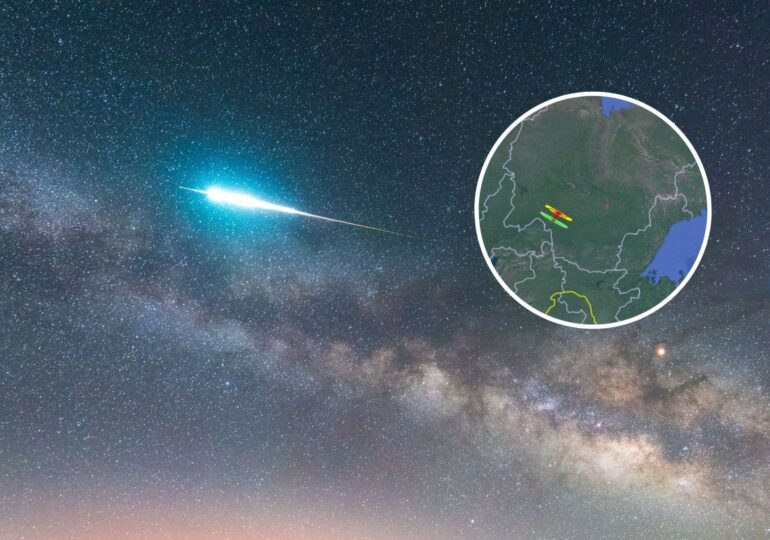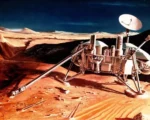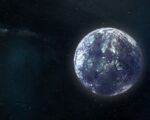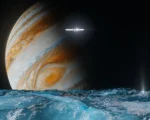New Research Suggests Rocky Exoplanets Could Store Water in Their Molten Iron Cores
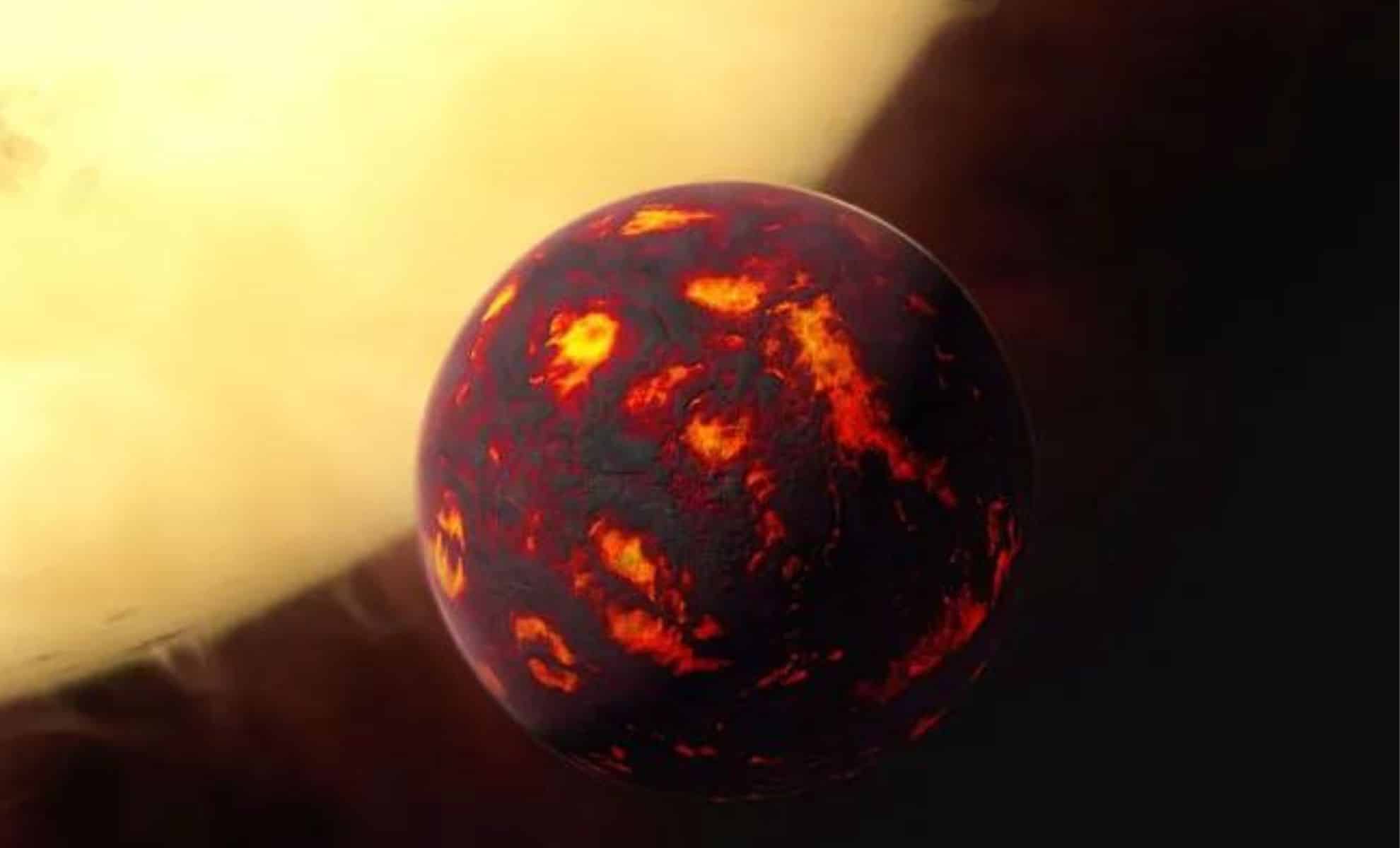
Rocky Exoplanets May Contain More Water Yet Offer Less Potential for Habitability, Study Finds
Recent research indicates that rocky exoplanets, especially those that have experienced or are still experiencing magma oceans, might trap substantial amounts of water deep within their molten iron cores. According to the findings, up to 95 percent of a planet’s total water content could be sequestered in its core, rather than existing as accessible surface oceans. This revelation fundamentally alters our understanding of water distribution on these worlds, suggesting that many rocky exoplanets could be much richer in water than previously thought, though much of this water would remain inaccessible and buried deep within the planet.
The concept of water being trapped in planetary cores stems from the processes that occur during planet formation. As young rocky planets form, they go through phases of extreme heating, which leads to the creation of global magma oceans. During these molten stages, water can dissolve in the magma and gradually migrate towards the core. Research has shown that in planets similar to Earth, this downward migration can result in significant amounts of water being drawn into the core. In larger super-Earths, which have greater gravitational forces, this process can be even more pronounced, leading to most of the water being locked away deep within the planet’s interior.
Computer models have been crucial in understanding this phenomenon. Simulations suggest that on super-Earths, a significant portion of water can become absorbed by molten iron in the core rather than staying in the mantle or on the surface. This finding is particularly interesting because it challenges the long-standing assumption that a water-rich exoplanet must necessarily have vast oceans on its surface. Instead, such planets might appear relatively dry from the outside, with most of their water hidden away where it cannot interact with the atmosphere or support surface life.
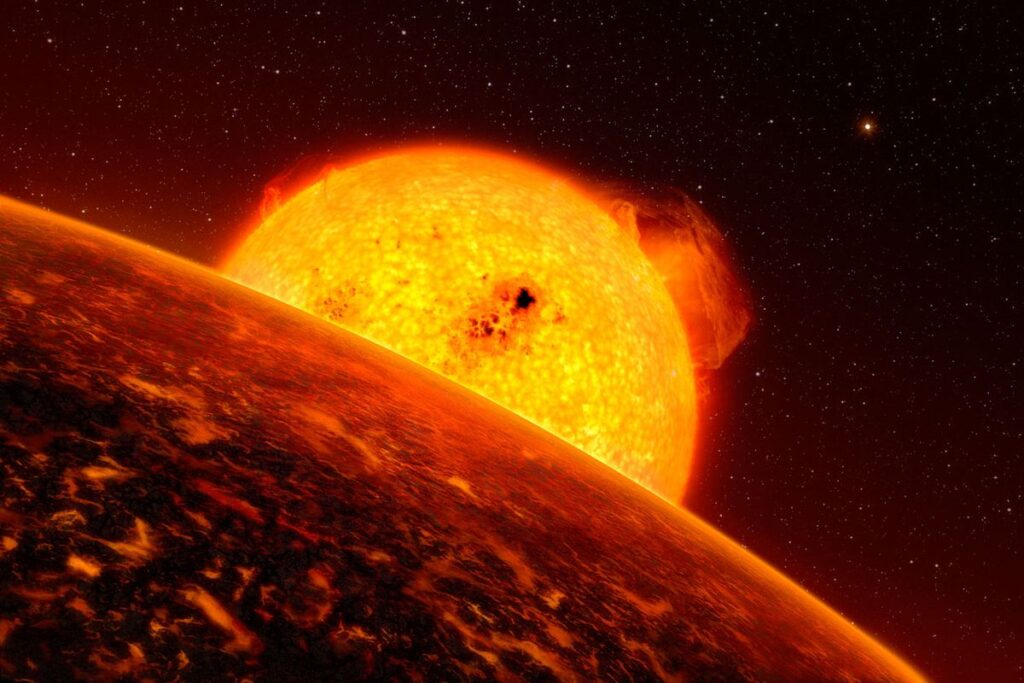
This new understanding has profound implications for the search for extraterrestrial life and the habitability of exoplanets. While a planet might have an abundance of water, the fact that most of it could be trapped in the core rather than accessible at the surface reduces the likelihood of such planets supporting life as we know it. Water that is locked deep within a planet’s iron core is unlikely to participate in the hydrological cycles that are crucial for maintaining habitable conditions. This could mean that many exoplanets previously thought to be good candidates for life might actually be less hospitable than assumed.
Moreover, these findings could affect how we prioritize targets in our search for potentially habitable exoplanets. Instead of merely looking for water-rich planets, scientists may need to consider the distribution of that water and whether it is accessible. Surface water is crucial for a planet’s climate and for the chemistry required to support life. Planets where water is predominantly locked in the core might be geologically and chemically distinct from Earth, affecting not only their potential to host life but also their evolution and atmospheric composition.
As we continue to study exoplanets with advanced telescopes and space missions, these insights will help refine our criteria for habitability. Understanding the complex processes that govern water distribution on rocky worlds is essential for identifying exoplanets that might harbor life. While water-rich super-Earths remain compelling targets, this research suggests that the presence of water alone is not a sufficient indicator of habitability. Instead, we need to unravel the deeper mysteries of these distant worlds to understand where water is stored and how it interacts with the planet’s surface and atmosphere.



